Reviewed by: Ysa Garcia
Apple just made one of the boldest moves in the streaming wars, and it tells you where this industry is heading. The company officially ditched the "+" from Apple TV+ in October and has committed to bundling major sports content into regular subscriptions starting in 2026. Logo tweak? Not quite. What's happening runs much deeper than a new badge.
Here is what jumps out: Apple is absorbing billion-dollar annual losses while competitors raise prices and cram in more ads. That is not desperation; that is a completely different playbook. Apple is betting that premium, ad-free experiences beat the race to the bottom, and it is adding value instead of trimming it.
So, why might this work? Let’s dig in.
What is really behind the name change?
Dropping the "+" is not just cleaner branding. Eddy Cue, Apple’s SVP of Services, said the plus symbol was meant for services with both free and paid tiers, like iCloud+ and News+. Since Apple TV has always been subscription-only, the "+" muddied the waters.
It also reflects where Apple sees the service. Most people were already calling it "Apple TV", so the brand now mirrors how real users talk. That is a confidence move, the kind you make when the product can stand on its own without qualifiers.
There is a twist, though. Apple is willing to risk some confusion to strengthen the umbrella brand. There is a streaming service called Apple TV, hardware called Apple TV 4K, and an app called Apple TV. Cue waved off confusion concerns, noting that context usually makes things clear. The consolidation signals Apple believes the "TV" name has enough weight to tie the whole entertainment ecosystem together.
The MLS gambit: sports as ecosystem glue
This is where the strategy gets interesting. Previously, soccer fans paid an extra $14.99 per month or $99 per season for MLS Season Pass on top of an Apple TV subscription. Starting with the 2026 season, it will be included at no additional cost for Apple TV subscribers. The shift reframes sports from an add-on upsell to a retention engine.
The insight is simple and sharp. Apple saw that MLS has streamed exclusively on Apple TV since 2023, without regional blackouts, giving the service something rivals cannot match: comprehensive coverage without the blackout headache.
By eating the cost, Apple is betting that seamless, exclusive access keeps people subscribed longer than a separate fee ever did. Saturday night match, sofa, no blackout warning, done.
And the MLS decision sets up the next move. Apple is securing Formula 1 broadcasting rights as the exclusive U.S. home beginning in 2026. The progression from MLS to F1 suggests Apple is not just buying sports, it is assembling a premium destination that sidesteps the fragmentation of multiple apps and paywalls.
Content strategy: quality metrics driving expansion
Apple TV runs a smaller library than Netflix or HBO, but the premium originals approach is paying off. The service reached third place in original demand share at 8.8%, behind Amazon Prime Video and Netflix. That number, achieved with far fewer titles, points to heavy engagement per show.
So Apple is scaling with intent. Executives outlined nearly weekly original releases throughout 2026, including new seasons of Ted Lasso and For All Mankind, plus films starring names like Mark Wahlberg and Sydney Sweeney. The adjustment is not volume for volume’s sake. It is a steadier drumbeat to close gaps that once invited churn between seasons.
All of this aligns with Apple’s ecosystem-first mindset. Leadership says they are not looking to license catalogs or buy studios. Originals-only keeps the catalog smaller while also keeping it exclusive and tailored to Apple’s technical and brand standards.
The no-ads stance: premium demographics as competitive advantage
Here is the bold part. Apple TV executives say they have “no plans” for an ad tier, even as Disney+ charges $19 for ad-free and Netflix starts at $18 without ads.
Apple TV’s current $13 monthly subscription looks like a deal next to that. More importantly, Apple knows its audience. The subscribers are people who buy premium Apple devices, the exact demographic advertisers crave. By staying ad-free, Apple keeps the experience pristine now and preserves the option value of ads later, if and when it wants it.
Cue said Apple TV is in its fastest growth period, with more viewers and viewing hours than ever, even while the company absorbs big losses. Translation, the ad-free bet is attracting users who want uninterrupted viewing, a group getting rarer as other platforms pile on ad breaks.
Where Apple TV goes from here: ecosystem economics
Apple’s streaming plan runs counter to the industry’s cost-cutting reflex, and it makes sense inside Apple’s larger machine. Removing the "+", bundling sports, and staying ad-free, these choices turn the service into a reason to buy and keep Apple hardware, not just another app fee.
Streaming becomes ecosystem glue. It boosts device value and lowers the odds of switching away. With over 45 million subscribers and growing, Apple TV is leaning on exclusive sports and high-demand originals to make the subscription feel bigger than TV.
The test ahead is simple enough to state, harder to win. Can this integrated approach lift engagement across Apple’s ecosystem while rivals chase standalone streaming margins? Apple’s willingness to swallow billion-dollar annual losses suggests it expects the payoff to show up in device sales, services adoption, and long-term lock-in.
That is a luxury most streamers cannot afford. It might also be the edge that keeps Apple out of the commodity spiral everyone else is stuck in.







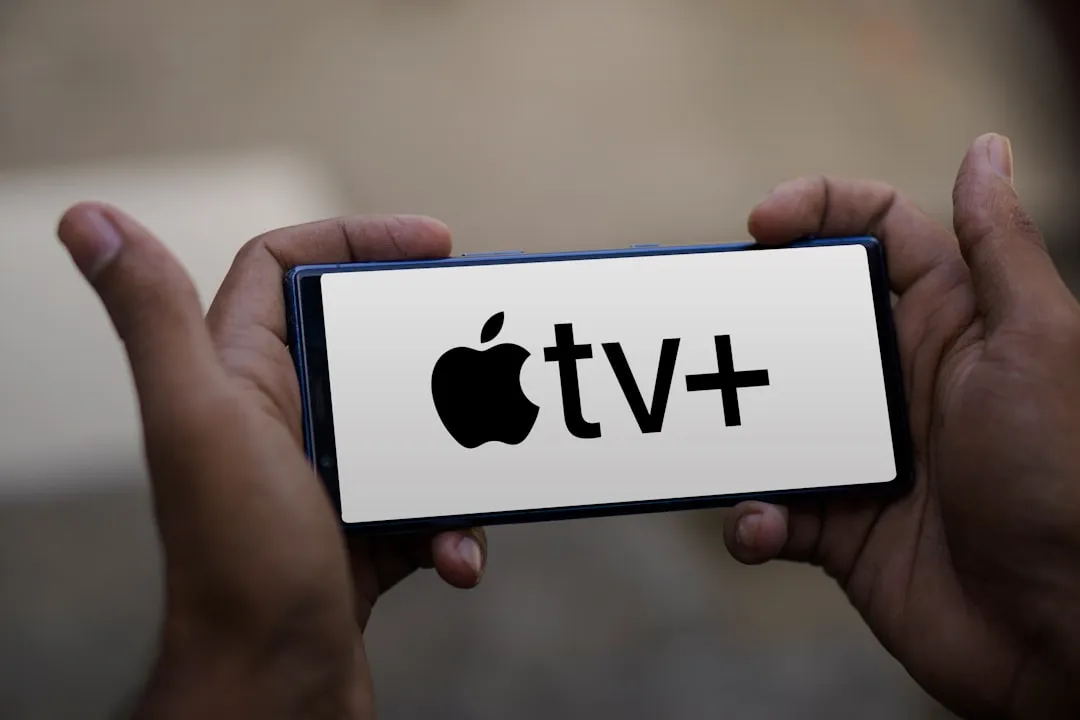
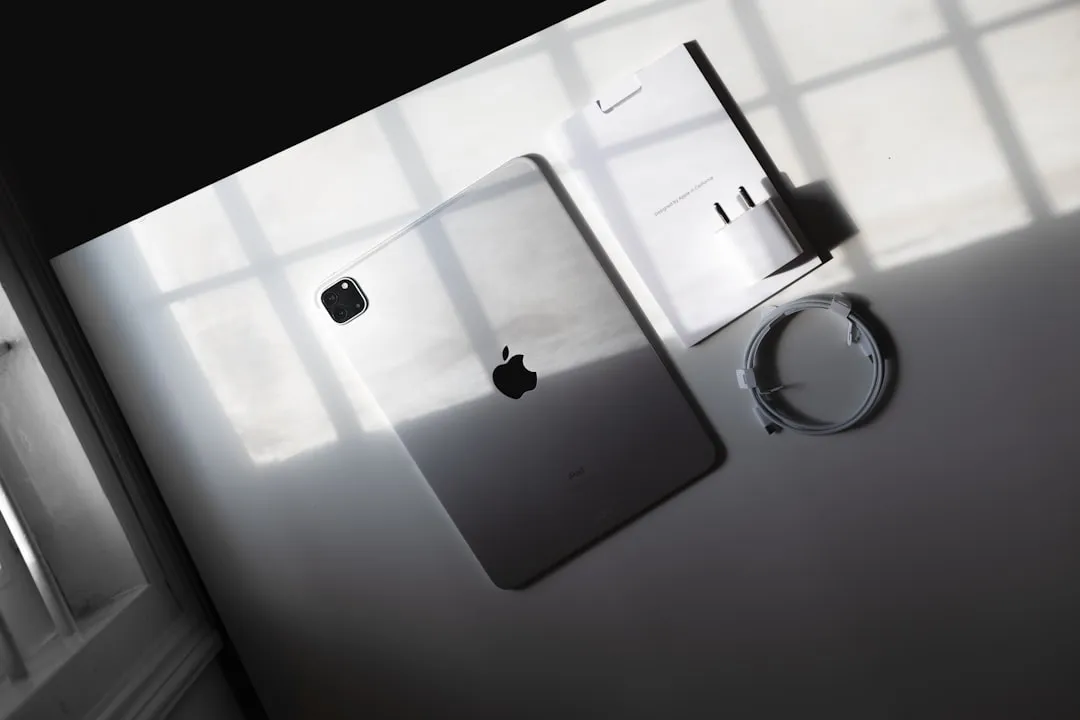

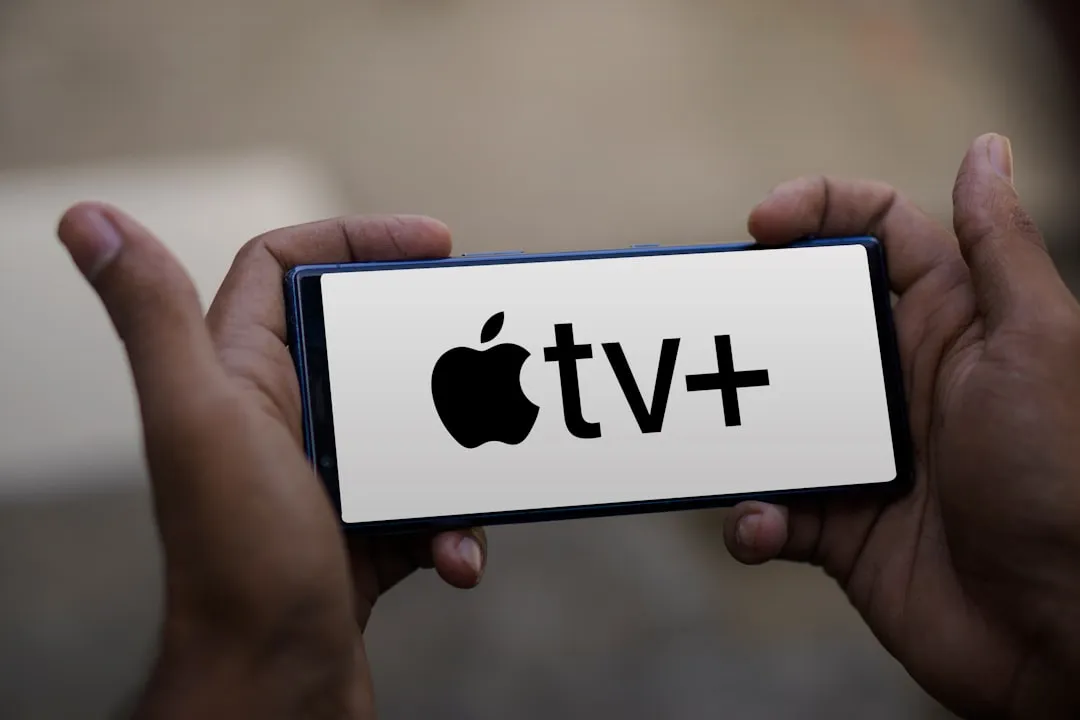

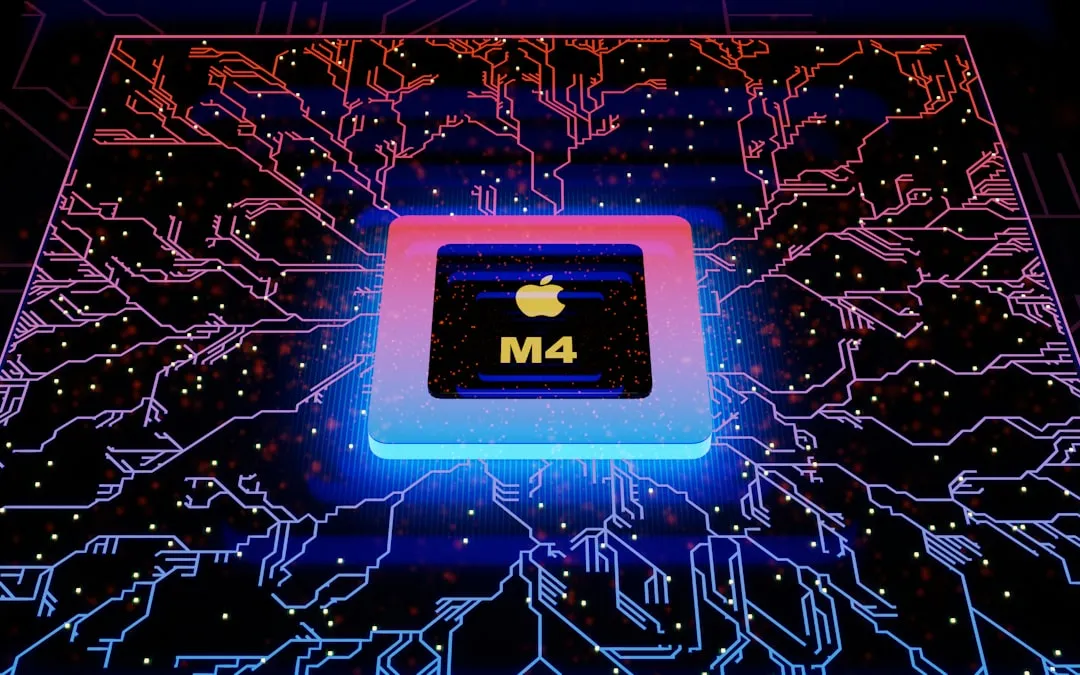
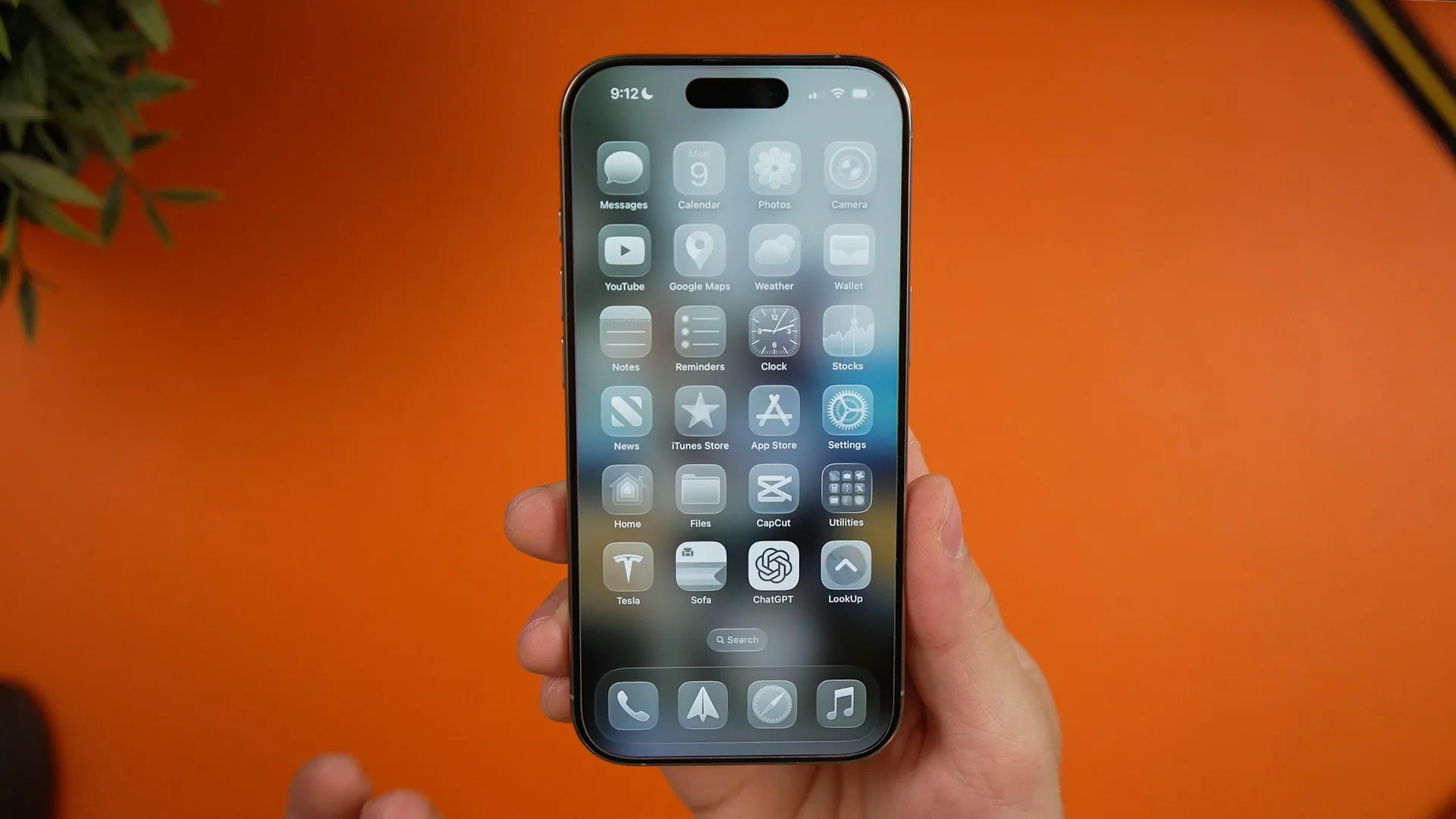

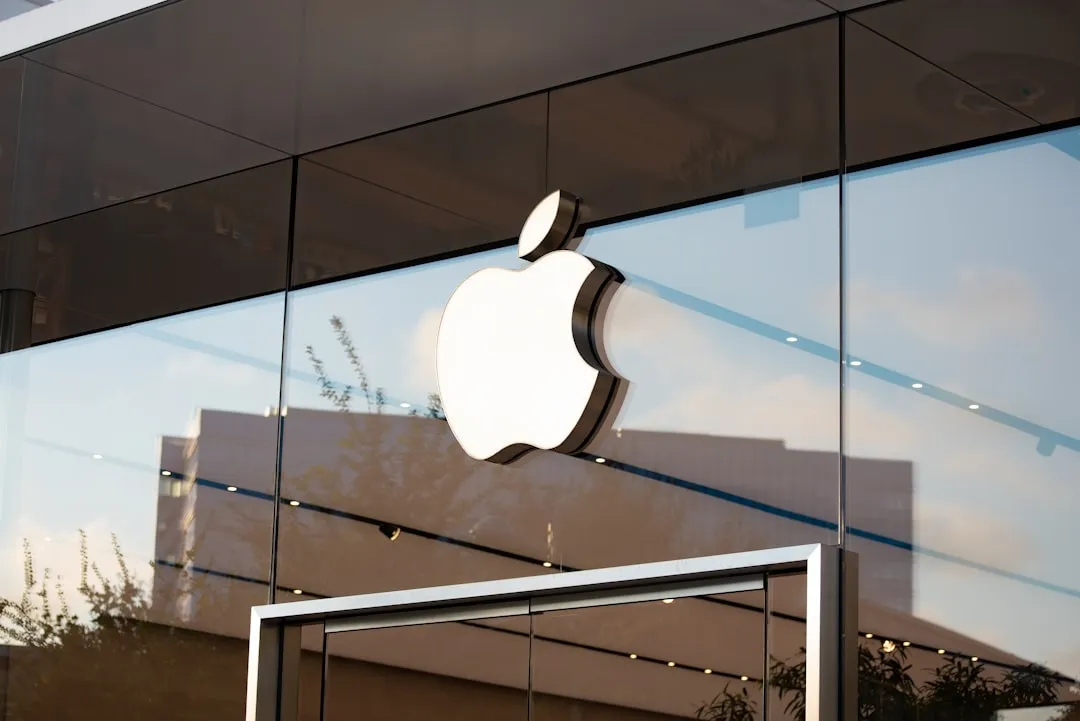



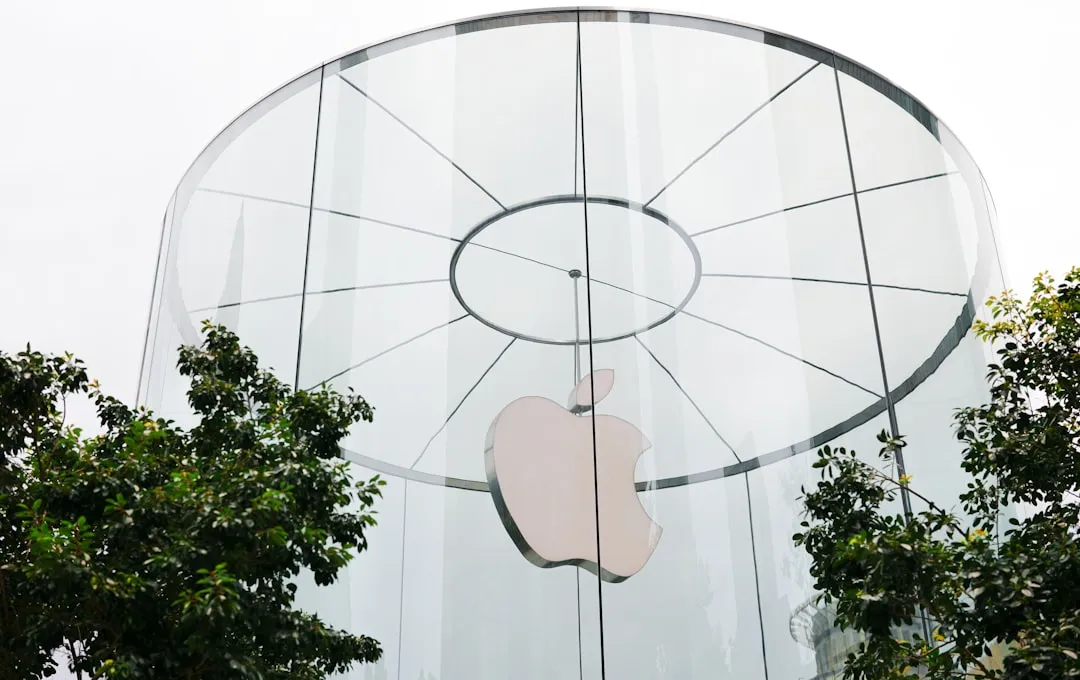




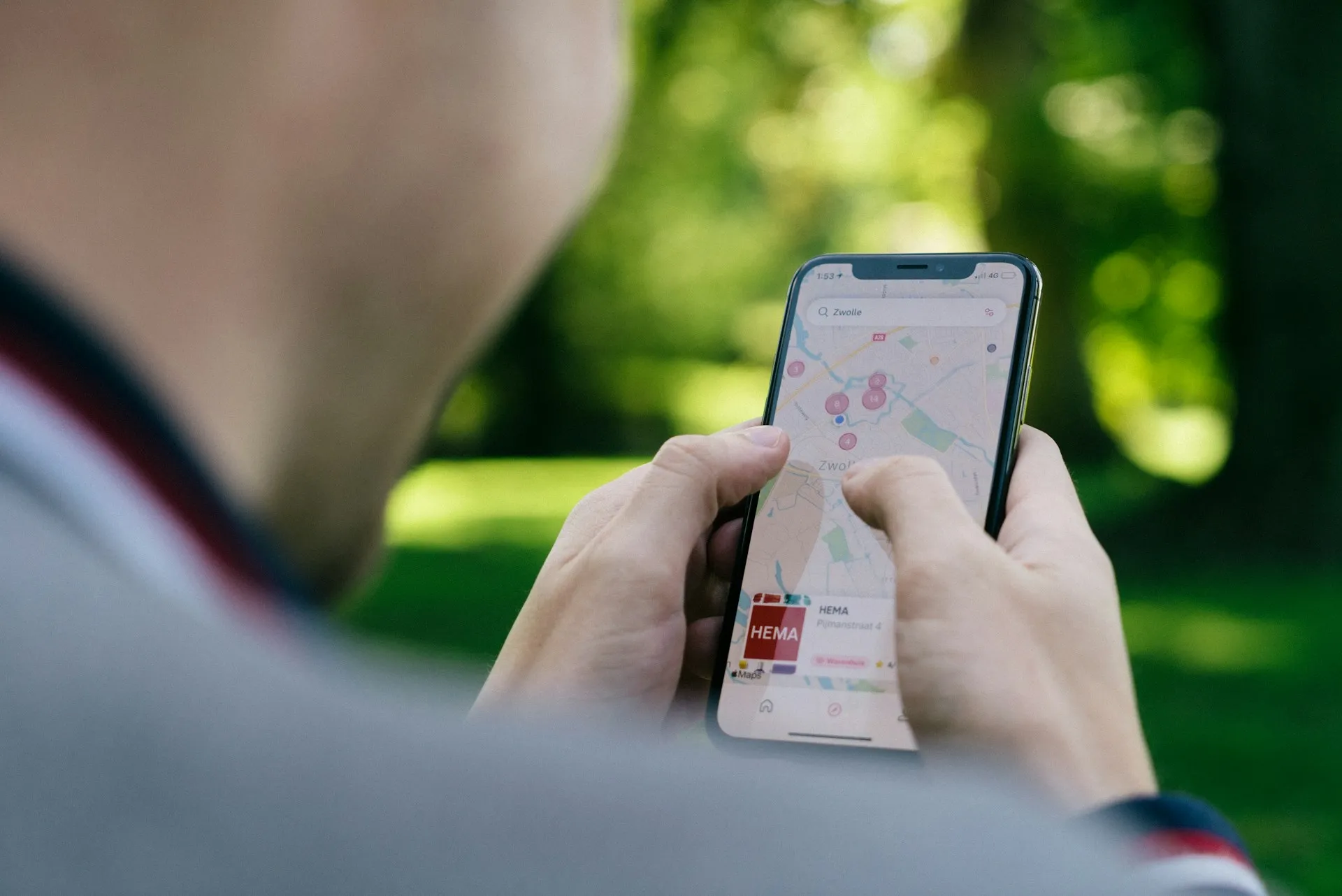

Comments
Be the first, drop a comment!